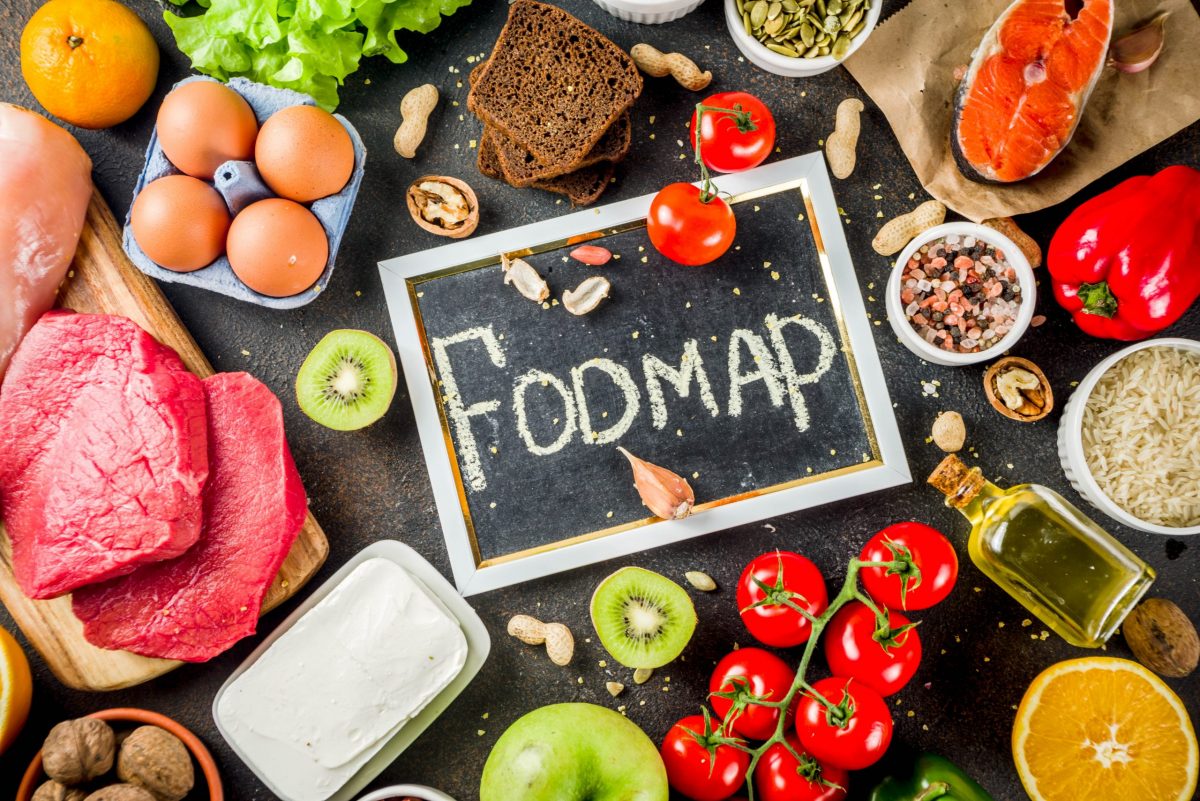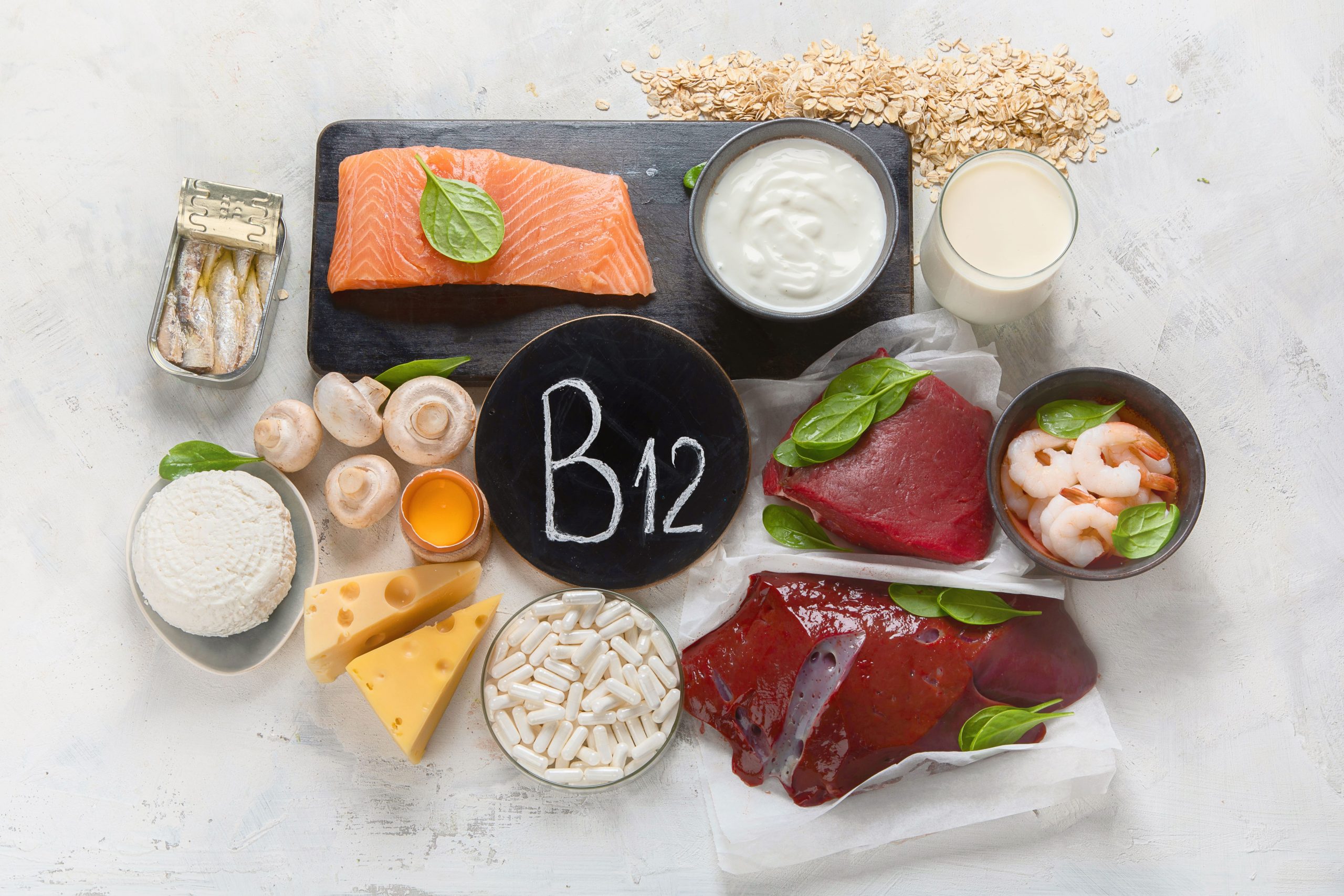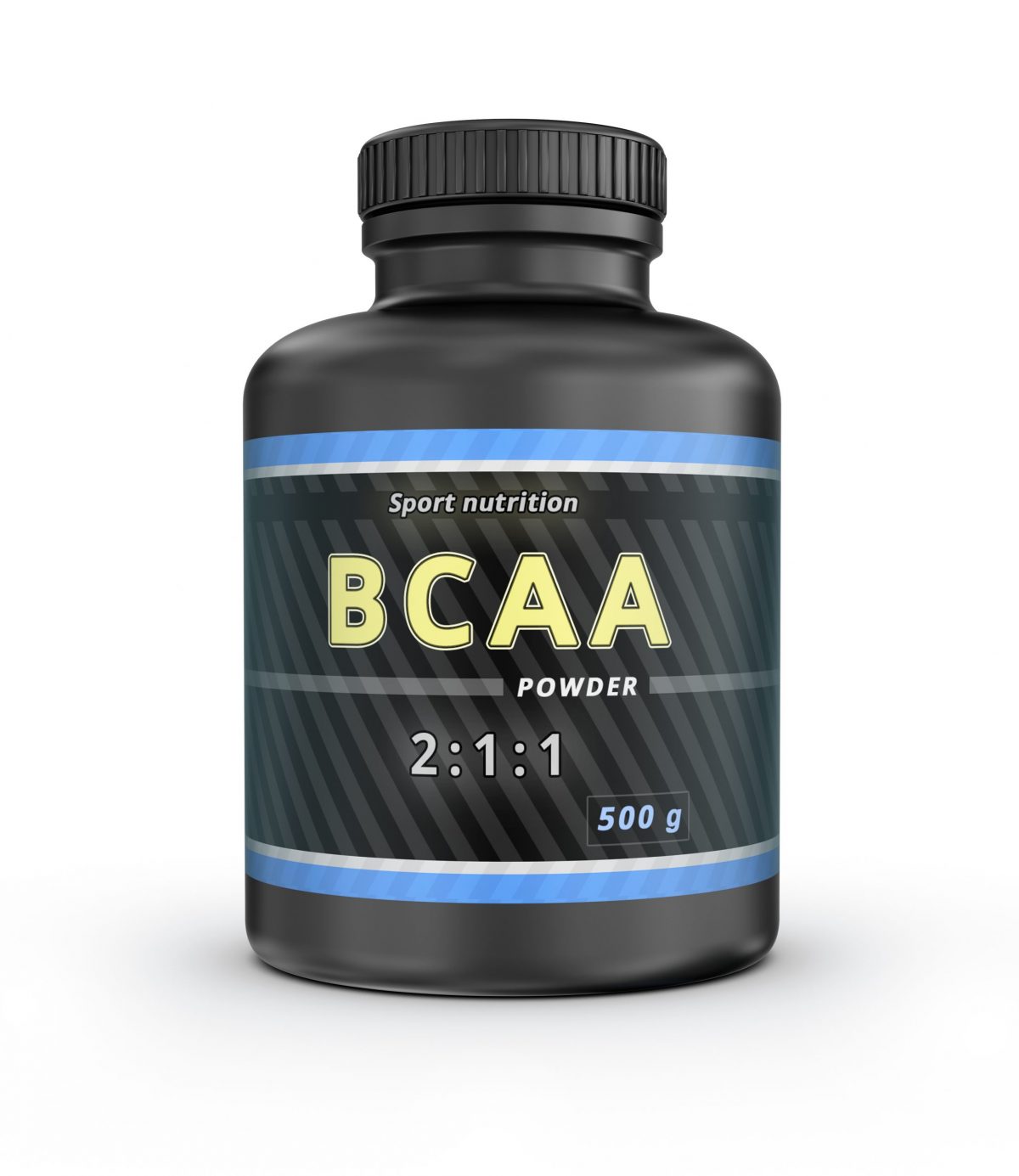FODMAP is carbs that often ferment or draw water into the gut causing digestive issues such as gas, constipation, distention, bloating, and diarrhoea. A low FODMAP diet plan is often recommended for individuals with irritable bowel syndrome so that they can try available FODMAP recipes.
FODMAPs-What are they?
This acronym means fermentable oligosaccharides, disaccharides, monosaccharides, and polyols, which are scientific terms describing classes of carbs known for causing digestive problems. They are short-chain carbs, alcohol, and sugars, and the body does not absorb them efficiently; thus, they cause bloating and abdominal pain. FODMAPs are found in several foods in varying degrees, with some having only one type, and others may possess many types. Foods carrying FODMAPs are often categorized into four classes infused in the acronym, which include:
Oligosaccharides
which comprise legumes, rye, wheat, vegetables such as onions, and certain fruits.
Disaccharides
Under this classification are all food having lactose as the primary carb, such as soft cheese, milk, and yogurt.
Monosaccharides
This entail food with fructose as the main carb, including mangoes, figs, and some sweeteners such as honey.
Polyols
The classification covers certain vegetables and fruits such as lychee and blackberries and some sweeteners like sugar-free gum.
Who are eligible for a low-FODMAP diet?
Unlike other weight-loss diets, the FODMAP diet should only be followed by those diagnosed with IBS. Following this diet when you are healthy can cause more damage to your body than the benefit you. Most low-FODMAP foods are not prebiotics; consistent intake of these food means fewer nutrients for the friendly gut microbiomes resulting in fewer nutrients absorbed and impaired digestion. If one has IBS, they can consider the FODMAP diet when they have tried other options such as stress management and the restriction of trigger foods such as caffeine. Some studies are still on to determine if this diet can benefit individuals with exercise-induced digestive problems and diverticulitis.
Advantages of a low-FODMAP diet plan
Following a FODMAP diet plan can be rigorous since this diet restricts the consumption of high-FODMAP foods. The reasoning behind implementing a low food diet is to allow the gut to heal. Several studies have been conducted on people with irritable bowel syndrome (IBS) to map the benefits of sticking to a FODMAP diet plan.
It lowers digestive symptoms
Symptoms associated with IBS upon consumption of high-FODMAP food range from bloating, acid reflux, stomach pain to bowel urgency. These symptoms can be so painful for individuals with IBS, hence the need for a solution. According to some research, the consumption of low-FODMAP foods has been shown to reduce bloating and stomach pain significantly. Other studies also concluded that following a low-FODMAP diet results in an 80% chance of no stomach pain and 75% chance of no bloating. A low-FODMAP diet can also reduce digestive symptoms of constipation, fluctuance, and diarrhoea, leading to other health complications.
It could improve one’s quality of life
IBS is often associated with low quality of life as they are constantly worrying about the next symptom bout. A low-FODMAP diet has been found to increase energy levels for individuals with IBS, confirming that it can improve the quality of life.
Things to ensure before starting on a low-FODMAP diet
Confirm if you have IBS
Before embarking on this journey to correct your digestive system, visit the doctor to rule out any other possibilities such as inflammatory bowel disease, celiac disease, or colon cancer. The IBS diagnosis must satisfy the following conditions: continuous stomach pain and stool symptoms, which are persistent.
Experiment with the first-line diet
Since a low-FODMAP diet requires resources and time, it will be advantageous to start with clinical practice.
Plan ahead
Planning is essential in succeeding in any endeavour. Planning for a low-FODMAP diet involves determining what to buy, ridding your kitchen and fridge of high-FODMAP foods, creating a list, and buying a low-FODMAP. Ensure you read the menus to be acquainted with the dishes you will prepare.
A guide on how to follow a low-FODMAP diet
There are three stages to follow as one is introduced to this diet plan.
Restriction
The participant avoids all high-FODMAP foods at this stage, and they last for about 3-8 weeks. Participants still consume some FODMAP foods since these foods are essential for gut health. This stage varies for different individuals, with some experience improvements in the initial weeks, whereas others go for the complete eight weeks to notice improvements. Once you experience sufficient improvement in the digestive symptoms, then move to the next stage.
Reintroduction stage
At this stage, the participant can systematically start to consume high-FODMAP foods. This reintroduction aims to establish which type and the amount of FODMAP food your digestive system tolerates. The test period can take long as you consume each food for three days, and a dietitian can aid in guiding you through this stage. Alternatively, you could look up some apps online that could help in identifying which FODMAP foods to reintroduce. At this stage, participants should continue with consuming low-FODMAP meals while restricting high-FODMAP foods that the body tolerates.
Personalizing low-FODMAP diet
At this stage, one can restrict certain FODMAPs while tailoring type and amount to what their body systems can tolerate. Progressing to this final stage gives the participant a range of diets to choose from with a measure of flexibility. Following the three stages is key to correcting the IBS problem and its accompanying symptoms.
The Bottom Line
A low-FODMAP diet is recommended for people who experience IBS and not for everybody. The diet follows three rigorous steps that could last for six months to establish which high-FODMAP foods affect one’s digestive system. The diet can do more harm than good because the FODMAP foods often restricted by it are essentials for the growth of healthful bacteria in the gut. However, for those with painful IBS, a low-FODMAP diet can change their lives from pain to joy.
- Missionary Position – Least Likely To Bring You To Climax - April 7, 2023
- Vibrators could put you in Jail - March 31, 2023
- Ball Gag Bondage - March 29, 2023






